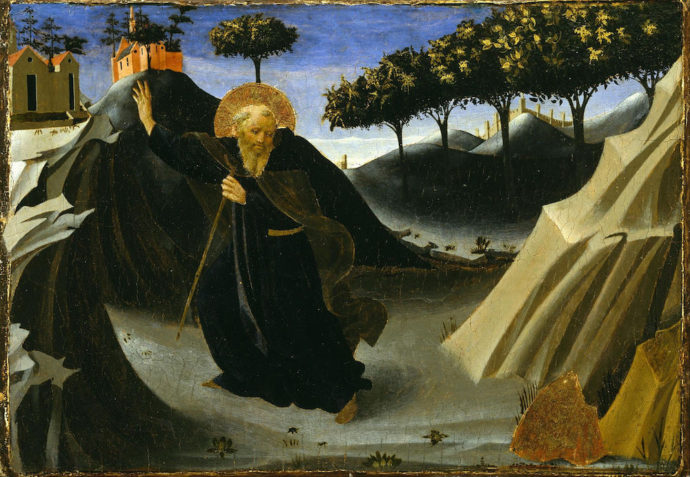The monks in Ireland were very familiar with the Life of Saint Anthony, a biography written by Saint Athanasius of Alexandria that described the extreme life of Saint Anthony the Abbot.
It was written in 360 and captivated the hearts of the Irish when it was brought to Ireland and copied by the monks in their monasteries.
The Irish church has an ancient connection to Egypt, which may be surprising as the two countries are very far apart. Nevertheless, recent archeological evidence further solidifies this connection.
For example, in 2006 an Irish worker discovered an amazing find while digging in a bog with his backhoe at Fadden More. He found an intact manuscript from the 9th century and the most significant find was the original leather cover that protected the psalter. It was found intact and provided an insight into the origins of the Irish church. The inside of the leather cover “is lined with papyrus, a writing material produced from reeds grown in the eastern Mediterranean, famously in Egypt. The papyrus was probably placed inside the cover to act as a stiffener.”
Some scholars believe the “discovery of Egyptian papyrus represents the first tangible connection between early Irish Christianity and the Middle-Eastern Coptic Church.”
Furthermore, there is even a “famous legend of Queen Scotia, an Egyptian princess or queen, depending on which version of the legend you read, who was said to have arrived in Ireland in 1700 BC and was killed by the Tuatha De Danann in a great battle. Her supposed grave is marked by a giant inscribed stone in County Kerry and its importance has led to local politicians calling for its preservation.”
Coincidentally, the stone is not too far from Skellig Michael and only adds to the Egyptian connection.
In any case, the monks of Skellig Michael were very familiar with these Egyptian hermits who gave themselves entirely to God. St. Anthony and these hermits desired to imitate the example of Jesus, who spent forty days in the desert in prayer and freely chose to spend their lives in a remote and harsh location for the glory of God.
Next week, we will take a look at the third motivation that further convinced these monks that they must sail away from Ireland and inhabit the remote island of Skellig Michael for the rest of their lives.
Read More: “Not all those who wander are lost:” Why medieval monks founded a monastery on Skellig Michael

